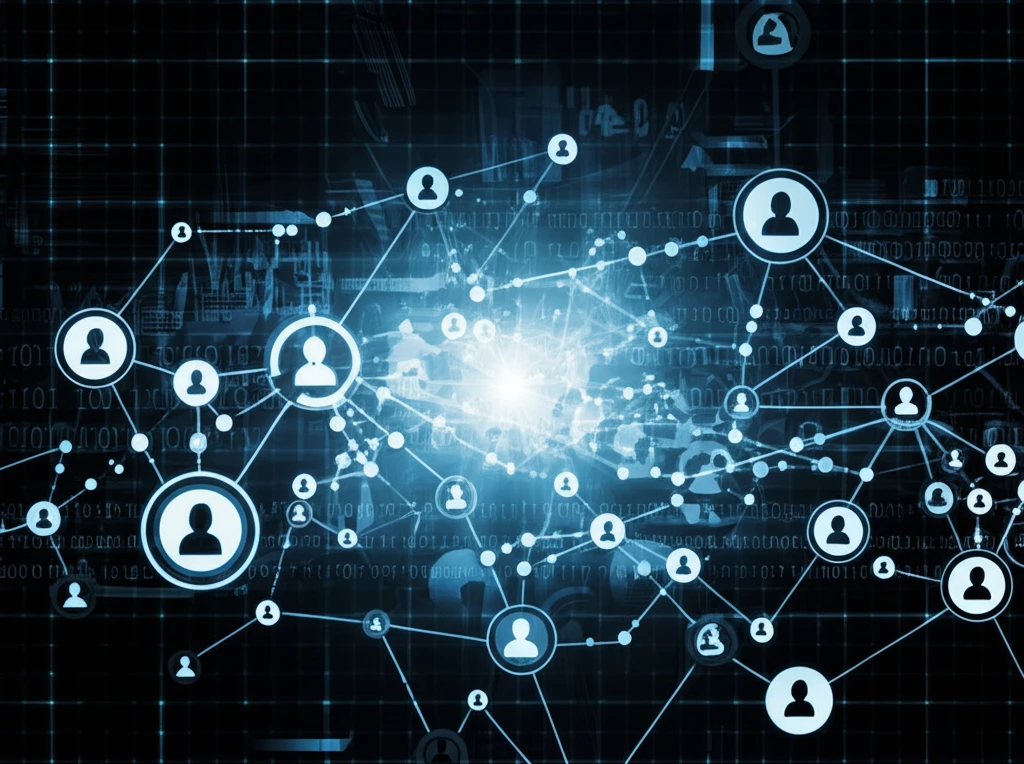
Decoding Social Networks: Can AI Predict Influence?
"New Algorithms Explore Influence Maximization in Signed Networks for Better Predictions"
In our hyper-connected world, social networks are the new public square, shaping opinions, driving trends, and even influencing political outcomes. From viral marketing campaigns to grassroots movements, the power of influence within these networks is undeniable. But what if we could predict and even maximize influence within these complex systems? This is the challenge that researchers in artificial intelligence and network science are tackling head-on.
Traditional approaches to understanding social networks often fall short because they treat all connections as equal. However, in reality, relationships can be positive (friendship, trust) or negative (distrust, competition). These 'signed' networks, which account for both positive and negative links, offer a more realistic picture of social dynamics. The problem? They're also significantly more complex to analyze.
Enter the groundbreaking field of influence maximization in signed networks. Researchers are developing sophisticated algorithms that not only map these intricate relationships but also identify key nodes – individuals or groups – that can effectively spread information, ideas, or behaviors. These algorithms have the potential to transform marketing strategies, public health campaigns, and even our understanding of online radicalization.
What Are Signed Networks and Why Do They Matter?

Imagine a social network where every connection is labeled as either 'friend' or 'foe,' 'trust' or 'distrust.' This is the essence of a signed network. Unlike traditional networks that only focus on the presence or absence of a connection, signed networks capture the nuanced nature of social relationships. This distinction is crucial because negative relationships can significantly alter how information spreads and opinions form.
- Positive and Negative Links: Reflecting the full spectrum of social interactions.
- Complex Influence Dynamics: Negative links can inhibit or reverse the spread of influence.
- Real-World Relevance: Capturing the complexities of human relationships in online and offline settings.
The Future of Influence: Ethical Considerations and Beyond
As AI-powered algorithms become increasingly adept at predicting and maximizing influence in social networks, it's crucial to address the ethical implications. How do we prevent these tools from being used to manipulate opinions, spread misinformation, or exploit vulnerable populations? Developing guidelines and safeguards for the responsible use of influence maximization technologies is essential to ensure that these powerful tools are used for good.
